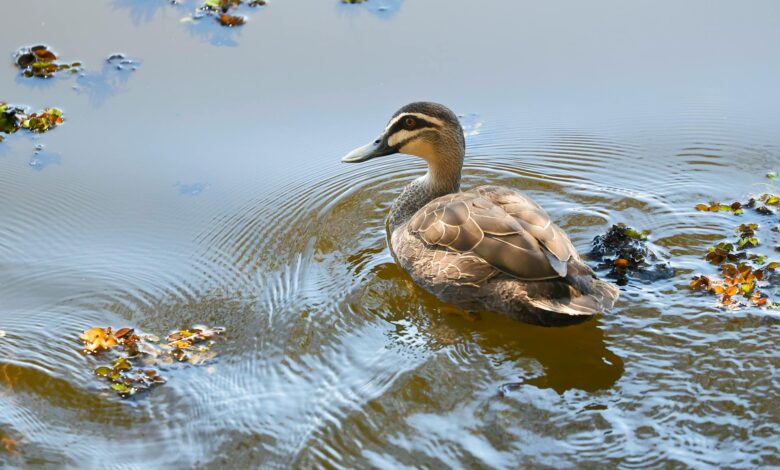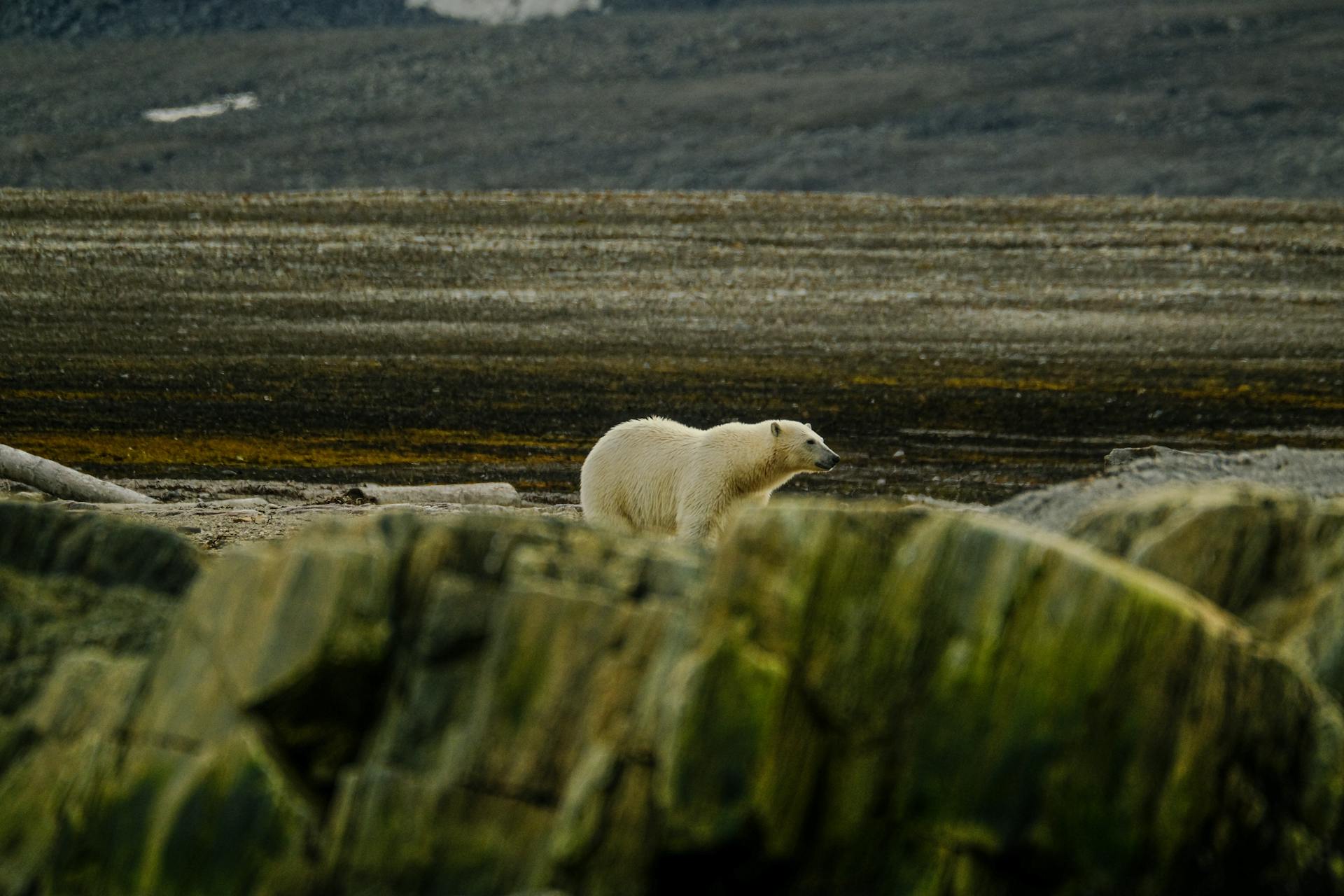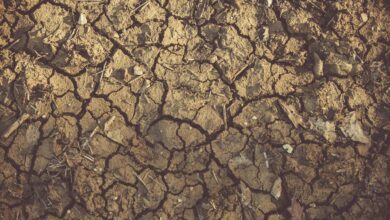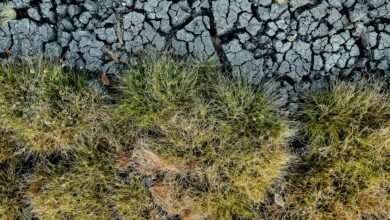The Devastating Impact of Habitat Loss: Preserving Our Planet’s Biodiversity

Biodiversity, the rich tapestry of life forms that inhabit our planet, is a fundamental pillar of ecosystem health and resilience. From the microscopic organisms that cycle nutrients in the soil to the majestic apex predators that maintain ecological balance, every species plays a vital role in the intricate web of life. Yet, as habitats disappear, this web is torn, leaving species vulnerable to extinction and ecosystems in peril.
Causes of habitat loss
The primary drivers of habitat loss are multifaceted and deeply intertwined with human activities. Deforestation, driven by agriculture, urbanization, and resource extraction, has decimated vast swaths of once-thriving forests, displacing countless species and disrupting the delicate balance of these intricate ecosystems. Additionally, the relentless expansion of human settlements and infrastructure has fragmented habitats, isolating populations and hindering their ability to migrate, breed, and adapt.
Moreover, climate change, fueled by greenhouse gas emissions, has exacerbated the crisis, altering the very conditions that sustain life in various habitats. Rising temperatures, shifting precipitation patterns, and extreme weather events have rendered once-hospitable environments inhospitable, forcing species to either adapt or face extinction.
Consequences of habitat loss
The consequences of habitat loss are far-reaching and devastating. As habitats disappear, species are forced into ever-shrinking pockets of suitable living space, leading to increased competition for resources, heightened susceptibility to disease, and reduced genetic diversity. This, in turn, increases the risk of extinction, eroding the rich tapestry of life that has taken millions of years to evolve.
Beyond the immediate impact on individual species, habitat loss also undermines the integrity of entire ecosystems. The intricate web of interdependencies that sustains these systems becomes frayed, leading to cascading effects that ripple through the food chain and disrupt crucial processes like pollination, nutrient cycling, and water purification.
Case studies: Examples of habitats at risk
- The Amazon Rainforest: Often referred to as the “lungs of the Earth,” the Amazon Rainforest is a biodiversity hotspot that is rapidly disappearing due to deforestation, fires, and unsustainable development. This vast expanse of lush vegetation is home to an estimated 10% of the world’s known species, many of which are found nowhere else on the planet.
- Coral Reefs: These vibrant underwater ecosystems, often called the “rainforests of the sea,” are facing existential threats from rising ocean temperatures, ocean acidification, and pollution. Coral reefs support an astonishing array of marine life, yet they are disappearing at an alarming rate, jeopardizing the survival of countless species and the livelihoods of coastal communities that depend on them.
- Grasslands: From the vast prairies of North America to the savannas of Africa, grasslands are rapidly being converted for agricultural purposes or fragmented by urbanization. These habitats are home to a diverse array of plant and animal species, including iconic grazers like bison, elephants, and antelope, as well as countless species of birds, insects, and other wildlife.
Also read: The Need to Address Biodiversity Loss: Preserving Nature’s Balance
The importance of biodiversity in ecosystems

Biodiversity is the foundation upon which healthy ecosystems are built. Each species, no matter how small or seemingly insignificant, plays a crucial role in maintaining the delicate balance that sustains life on our planet. From pollinating plants and decomposing organic matter to controlling pest populations and regulating the flow of nutrients, the intricate web of interactions between species is essential for the proper functioning of ecosystems.
Moreover, biodiversity acts as a natural buffer against environmental stressors, enhancing the resilience of ecosystems to withstand and recover from disturbances such as climate change, disease outbreaks, and natural disasters. Diverse ecosystems are better equipped to adapt and bounce back, ensuring the continuity of vital services like clean air, fresh water, and fertile soil.
Solutions for preserving habitats and biodiversity
Addressing the crisis of habitat loss and preserving biodiversity requires a multifaceted approach that involves governments, organizations, and individuals working together toward a common goal.
Government initiatives and policies for habitat conservation
Governments play a crucial role in establishing and enforcing policies that protect habitats and promote biodiversity conservation. These initiatives may include:
- Establishing and expanding protected areas, such as national parks, wildlife refuges, and marine reserves, to safeguard critical habitats and their inhabitants.
- Implementing strict regulations and penalties for activities that contribute to habitat destruction, such as illegal logging, poaching, and unsustainable development practices.
- Incentivizing sustainable land-use practices, such as agroforestry, regenerative agriculture, and responsible resource extraction, to minimize the impact on natural habitats.
- Investing in research and monitoring programs to better understand the status and threats facing biodiversity, and to inform evidence-based conservation strategies.
The role of NGOs and conservation organizations in habitat preservation
Non-governmental organizations (NGOs) and conservation organizations are at the forefront of efforts to preserve habitats and protect biodiversity. These organizations work tirelessly to:
- Raise awareness about the importance of habitat conservation and the threats facing various ecosystems and species.
- Conduct scientific research and monitoring to gather data on the status of habitats and populations, informing conservation strategies.
- Implement on-the-ground conservation projects, such as habitat restoration, species reintroduction, and community-based conservation initiatives.
- Advocate for stronger environmental policies and legislation at local, national, and international levels.
- Collaborate with local communities, indigenous groups, and stakeholders to develop sustainable solutions that balance conservation and human needs.
Individual actions to protect habitats and promote biodiversity
While government policies and organizational efforts are crucial, individual actions can also contribute significantly to the preservation of habitats and biodiversity. Here are some ways individuals can make a positive impact:
- Reduce, reuse, and recycle: Minimizing waste and adopting sustainable consumption habits can reduce the demand for resources and the pressure on natural habitats.
- Support sustainable agriculture and products: Choose products that are sourced from sustainable and environmentally responsible practices, reducing the impact on habitats and biodiversity.
- Participate in conservation efforts: Volunteer with local organizations, participate in habitat restoration projects, or support conservation initiatives through donations or advocacy.
- Educate and inspire others: Spread awareness about the importance of habitat conservation and biodiversity by sharing information, engaging in discussions, and inspiring others to take action.
- Make sustainable travel choices: When traveling, opt for eco-friendly accommodations and activities that minimize the impact on local ecosystems and support conservation efforts.
Conclusion: The urgent need to address habitat loss and protect our planet’s biodiversity
The crisis of habitat loss is a grave threat to the rich tapestry of life that adorns our planet. As habitats disappear, species are pushed to the brink of extinction, and the delicate balance of ecosystems is disrupted, jeopardizing the very services that sustain human life. Addressing this crisis requires a concerted effort from governments, organizations, and individuals, working together to implement policies, initiatives, and individual actions that preserve and restore habitats, promote sustainable practices, and safeguard biodiversity.
The time to act is now. Every species, every ecosystem, and every habitat lost represents an irreplaceable thread in the intricate tapestry of life on Earth. By protecting habitats and preserving biodiversity, we not only ensure the survival of countless species but also safeguard the very foundation upon which our own well-being and that of future generations depend.
Let us embrace the urgent call to action, recognizing that our fate is inextricably linked to the fate of the natural world. Together, we can weave a tapestry of hope, resilience, and coexistence, ensuring that the rich diversity of life on our planet continues to thrive for generations to come.




